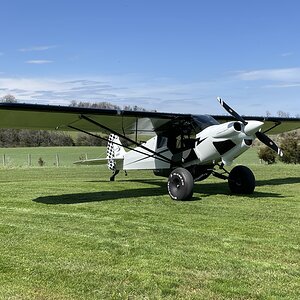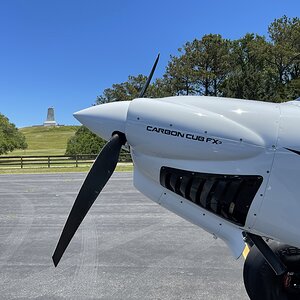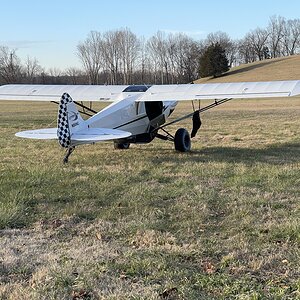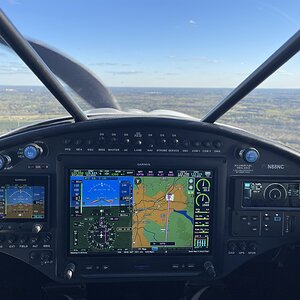Cactus Charlie
Well-known member
- Joined
- Mar 1, 2025
- Posts
- 203
- Type aircraft owned
- CCX-2000 (FX-3)
- Base airport
- KDVT
- Ratings
- Commercial ASEL, ASES, AMEL, glider. CFI glider, ASE, Instrument.
The voltage plot may be misleading. Voltage sampling started when the load was connected. There is no record of the unloaded battery voltage.
This was the original battery fitted by CubCrafters and the aircraft first flew May 2020. As I have said before I change the ignition battery on condition and test it at runup.
This battery looked very good when in-flight tested but had significantly deteriorated since then. I have all the test data but I'm not going to dig it out now.
Here is in flight test data (ignore the Amps legend that plot was removed):

This was the original battery fitted by CubCrafters and the aircraft first flew May 2020. As I have said before I change the ignition battery on condition and test it at runup.
This battery looked very good when in-flight tested but had significantly deteriorated since then. I have all the test data but I'm not going to dig it out now.
Here is in flight test data (ignore the Amps legend that plot was removed):





